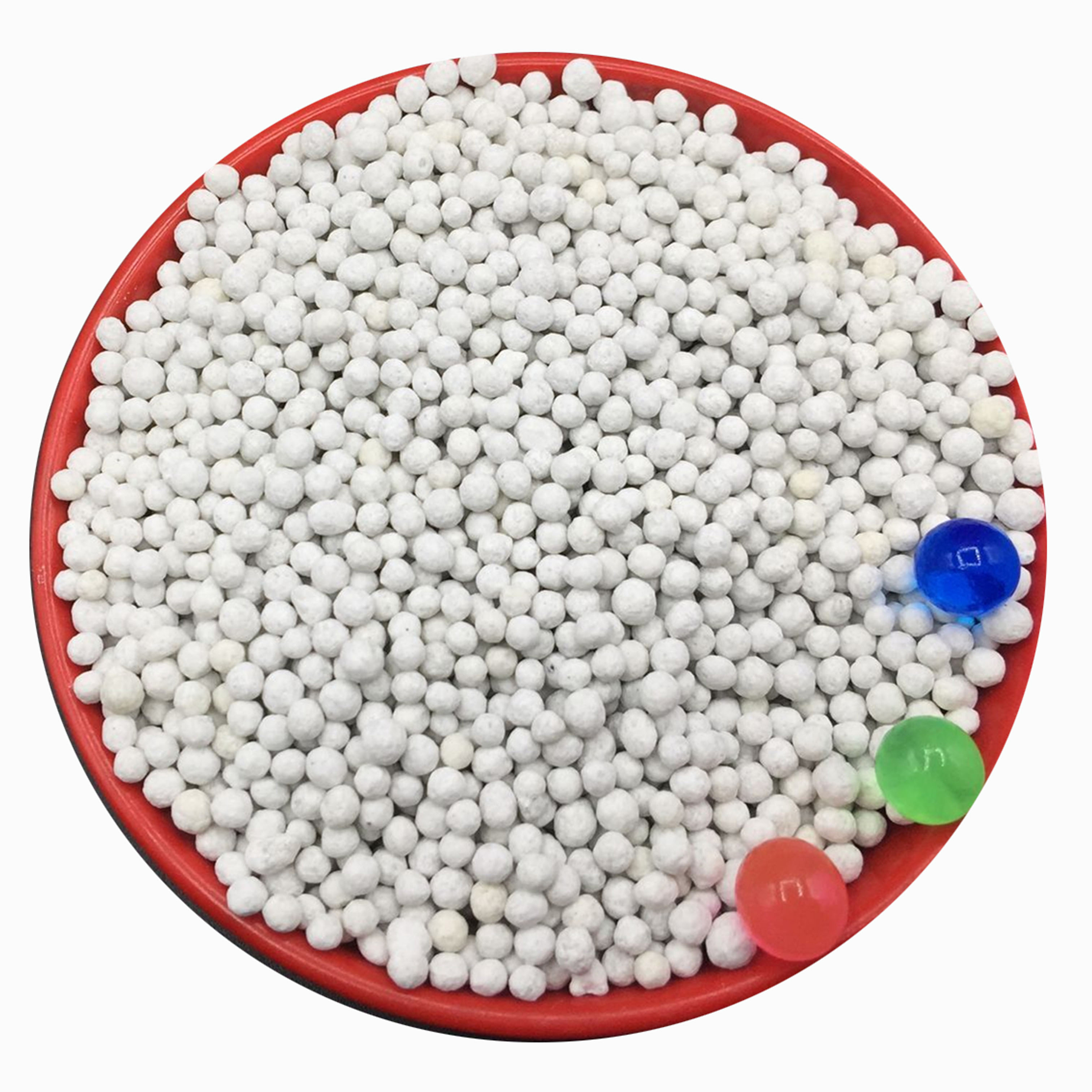
Hul . 26, 2024 04:10 Back to list
Analysis of Nutrient Composition in NPK Fertilizers with Ratios 2013 2013 2020 for Optimal Plant Growth
Understanding NPK Fertilizers A Focus on 13-13-20
Fertilization is a crucial aspect of modern agriculture, and one of the most effective tools in this regard is NPK fertilizers. The term NPK refers to three essential nutrients that are vital for plant growth nitrogen (N), phosphorus (P), and potassium (K). These nutrients play significant roles in various plant functions, including growth, flowering, and fruit production. A specific NPK formulation that has garnered attention is 13-13-20, which indicates the percentage of each nutrient in the fertilizer.
The numbers in an NPK ratio reflect the percentage by weight of nitrogen, phosphorus, and potassium, respectively. In the case of 13-13-20, it consists of 13% nitrogen, 13% phosphorus, and 20% potassium. This unique composition makes it particularly suitable for certain types of crops and growth stages.
Importance of Nitrogen, Phosphorus, and Potassium
1. Nitrogen (N) Nitrogen is essential for the growth of plant foliage. It is a crucial component of chlorophyll, the green pigment that plants use in photosynthesis to convert sunlight into energy. Adequate nitrogen levels promote lush, healthy leaves, which are vital for the overall vigor of the plant.
2. Phosphorus (P) Phosphorus plays a significant role in energy transfer and storage within the plant. It is a key component of ATP (adenosine triphosphate), the energy currency of cells, and is crucial for processes such as root development and flowering. Phosphorus also supports the formation of DNA and RNA, facilitating plant growth and reproduction.
3. Potassium (K) Potassium is often referred to as a regulator because it is involved in regulating various physiological processes within the plant. It helps in the synthesis of proteins, photosynthesis, and water regulation. A higher percentage of potassium, as seen in the 20% ratio of 13-13-20, is particularly beneficial for fruiting and flowering plants, as it enhances fruit quality and yield.
npk 13 13 20

Applications of 13-13-20 Fertilizer
The balanced nutrient profile of 13-13-20 makes it a versatile choice for a range of crops. It is particularly advantageous for flowering and fruiting plants, such as tomatoes, peppers, and many ornamental plants. The higher potassium content supports vigorous flowering and fruit development, leading to improved sizes and yields.
Moreover, this formulation is ideal for use in soils that may be deficient in one or more of these key nutrients. Farmers and gardeners can use it as a part of a broader fertilization strategy, especially during the key growing and flowering stages.
Best Practices for Use
To maximize the effectiveness of 13-13-20 fertilizers, it is essential to apply them according to the specific needs of the plants and the conditions of the soil. Soil testing can provide insights into nutrient deficiencies and help guide the application rates. When applying this fertilizer, it’s important to follow recommendations regarding timing and methods. Incorporating the fertilizer into the soil can help ensure that the plants have access to the nutrients where they need them most.
Conclusion
In conclusion, 13-13-20 NPK fertilizer is a powerful tool for promoting plant health and productivity. Its balanced nutrient content supports various growth stages, making it ideal for a range of agricultural applications. Understanding the roles of nitrogen, phosphorus, and potassium will enable farmers and gardeners to utilize this fertilizer effectively, ensuring robust plant growth and optimal yields. With the right application techniques, 13-13-20 can contribute significantly to successful crop production, helping to meet the food demands of an ever-growing population.
-
Organic Manure Compost: GPT-4 Turbo Enhanced Fertilizer
NewsAug.03,2025
-
10-10-10 Organic Fertilizer - Balanced NPK Formula
NewsAug.02,2025
-
Premium Organic Manure Compost for Eco Gardens
NewsAug.01,2025
-
Organic 10-10-10 Fertilizer | Balanced Plant Nutrients
NewsJul.31,2025
-
Premium Amino Acid Fertilizer | Rapid Plant Growth Booster
NewsJul.31,2025
-
10 10 10 Fertilizer Organic—Balanced NPK for All Plants
NewsJul.30,2025
